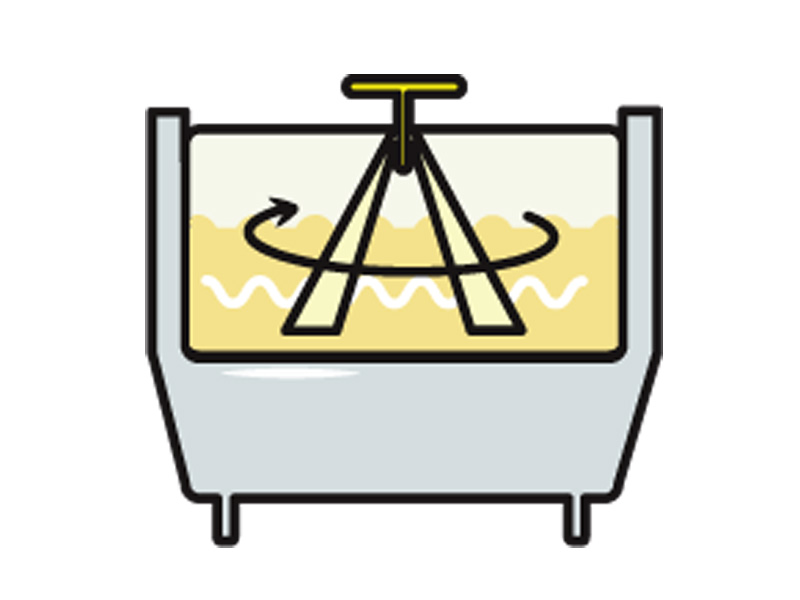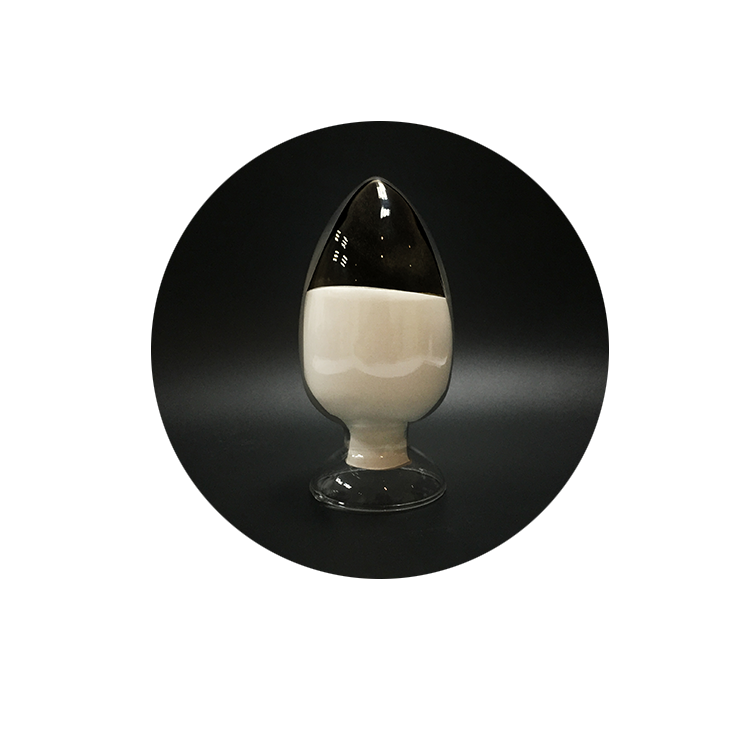What is Xylanase and What Are Its Main Applications?
Xylan is present in most parts of various plants and is one of the main components of plant cell walls. Its content is second only to cellulose, especially in various wheat, cereal by-products and miscellaneous meals. A variety of anti-nutritional factors, such as the steamed bread we often eat, the non-starch polysaccharide in its own flour products belongs to arabinoxylan in chemical structure. Due to its existence, the steamed bread made has a rough taste. Xylanase is a class of enzymes that degrade xylan. It is a general term for a group of enzymes that degrade xylan into oligosaccharides and xylose, and can degrade xylan hemicelluloses that are abundant in nature. The principle of action is to degrade the xylan by destroying the covalent cross-linking in the xylan molecule and the connecting region formed by hydrogen bonds.
1. What strain is used for xylanase fermentation?
Since microorganisms are widely sourced and low in cost, basically enzyme preparations are produced by fermentation of microorganisms. Xylanase enzyme is derived from selected Trichoderma, which is a kind of ubiquitous fungi in the world. It is widely distributed in various farming soils, plant root diameters, leaves, seeds, bulbs and other ecological environments. It is easy to isolate and cultivate. Food-grade solid enzyme preparation prepared by liquid submerged fermentation and modern biological extraction and drying technology.
2. Characteristics of xylanase
Due to the different sources of xylanase enzyme, the composition and properties are also different, but their physical and chemical properties have many similarities. Usually, the suitable temperature range is 40℃~60℃, the pH range is 3.5~6.0, and the enzyme activity is maintained at 60℃. 80%, and then decreased with increasing temperature. In addition, xylanase enzyme is a biologically active substance, which is easily inhibited by heavy metal ions such as iron, copper, etc. and oxidants, so special attention should be paid in use.
3. Main application aspects of xylanase
(1) Noodle product processing
There are non-starch polysaccharides and pentosans in flour, and the main component is arabinoxylan. Generally, wheat contains about 2%-3% arabinoxylan, but it can be combined with 30% of the water. Affecting mechanical processing, the arabinoxylan in the dough will be partially hydrolyzed by adding xylanase, and the water will be gradually released from the dough, thereby improving the operability and stability of the dough, and the volume of the bread after baking Enlarged, the crumb is softer, and the appearance is increased; thereby reducing the dependence on chemical preparations in the processing of pasta products.
(2) Juice processing
In the process of fruit juice production, the nutrients of the mature fruit juice are surrounded by a layer of hard cell walls, which are mainly composed of cellulose, hemicellulose, pectin and other substances. For example, in the production of concentrated apple juice, the use of pectinase alone is not enough. Add a certain proportion of xylanase to decompose the arabinoxylan, break the cell wall, fully extract the effective substances, improve the nutrient extraction rate of the juice, and at the same time increase the ultrafiltration concentration speed, reduce the membrane cleaning times, saving production costs.
(3) Feed processing
The main component of animal feed is crop straw, such as straw, wheat straw, corn straw, sweet potato vine, etc. Its structure tightly contains a large amount of cellulose and hemicellulose. The main component of hemicellulose is xylan, which is a kind of Non-starch polysaccharide, cannot be digested by monogastric animals. Xylanase can destroy the fibrous tissue of plants, decompose xylan into xylose, which can be used by animals; it can also reduce the viscosity in the intestine and improve the utilization rate of feed. Secondly, xylanase decomposes the xylan in the feed to produce xylo-oligosaccharide, which is used to regulate the microecological environment of the animal intestine, and the generated beneficial bacteria can improve the immunity of the animal and reduce the use of veterinary drugs such as antibiotics.


